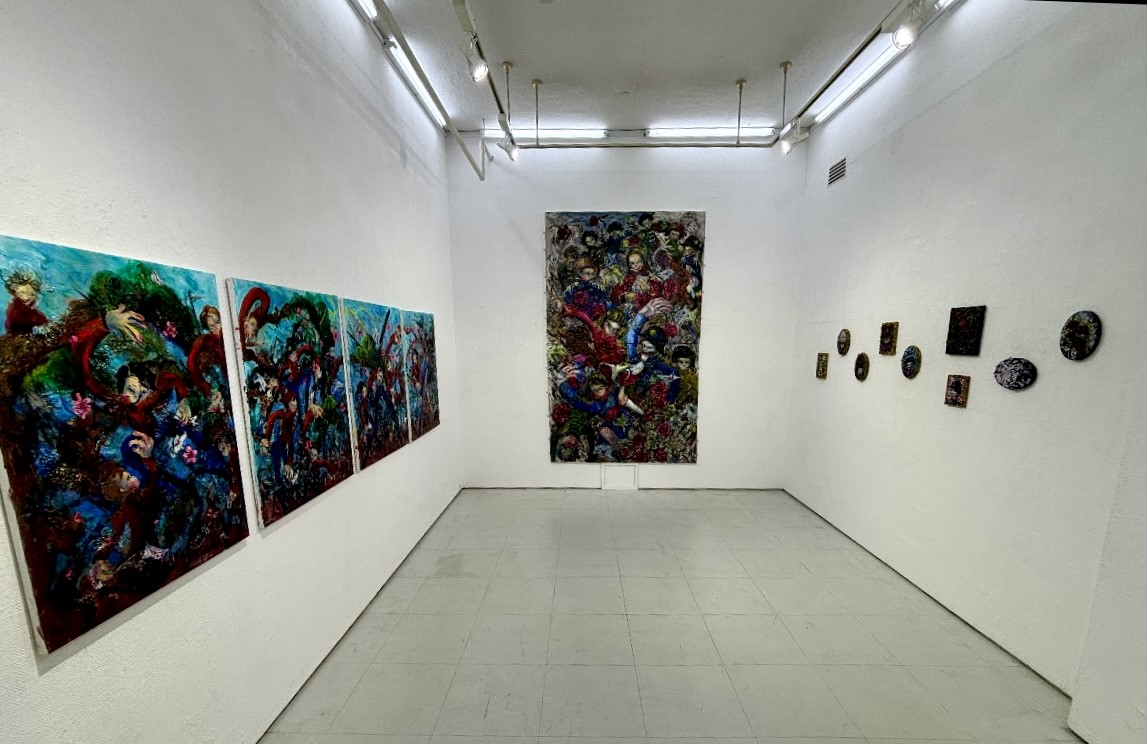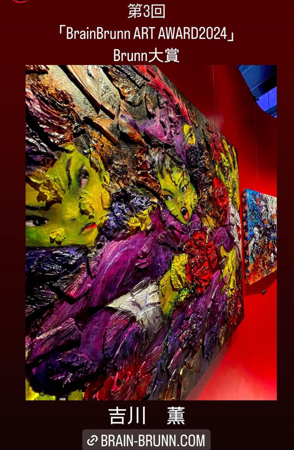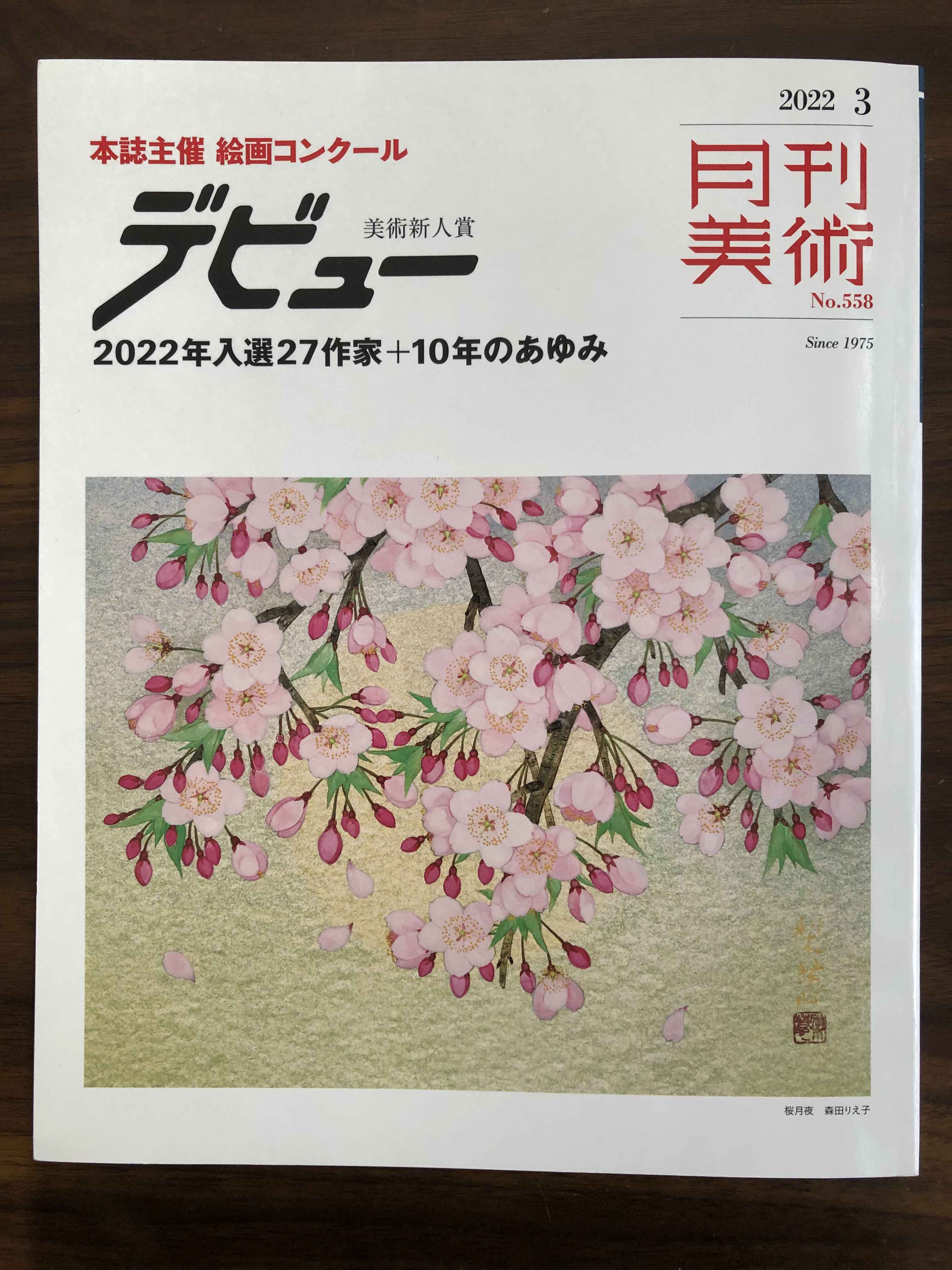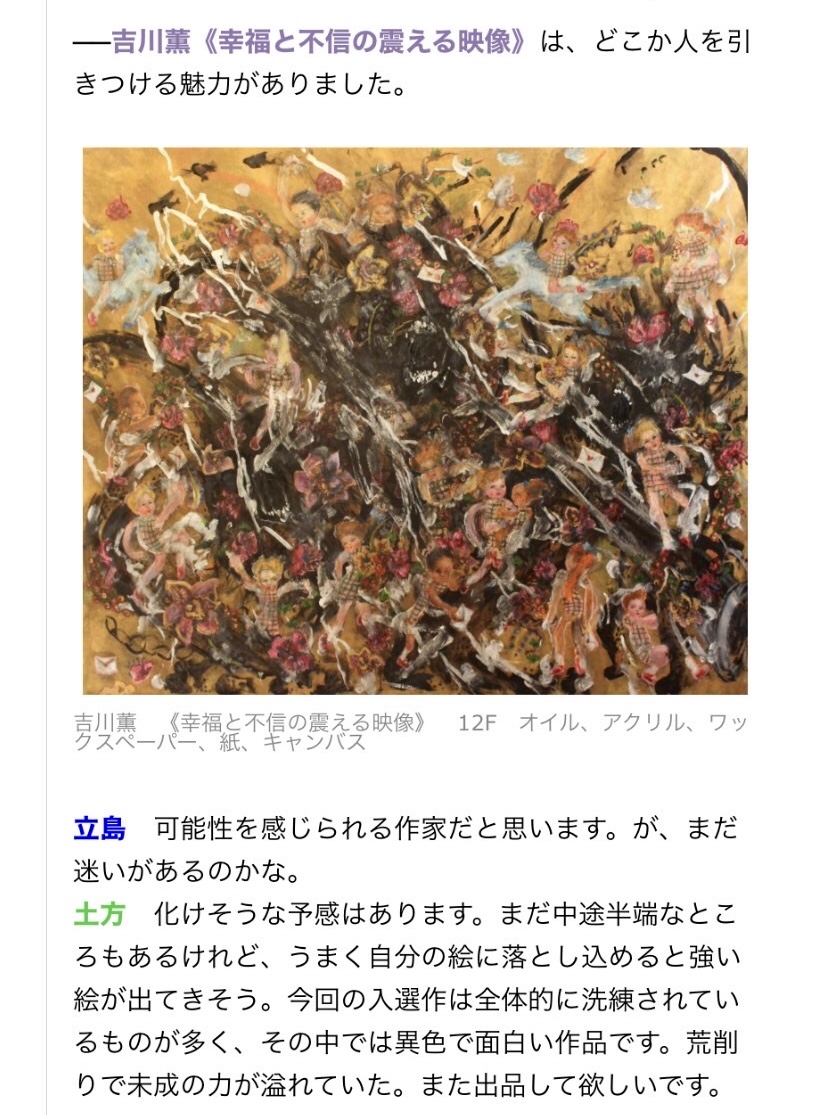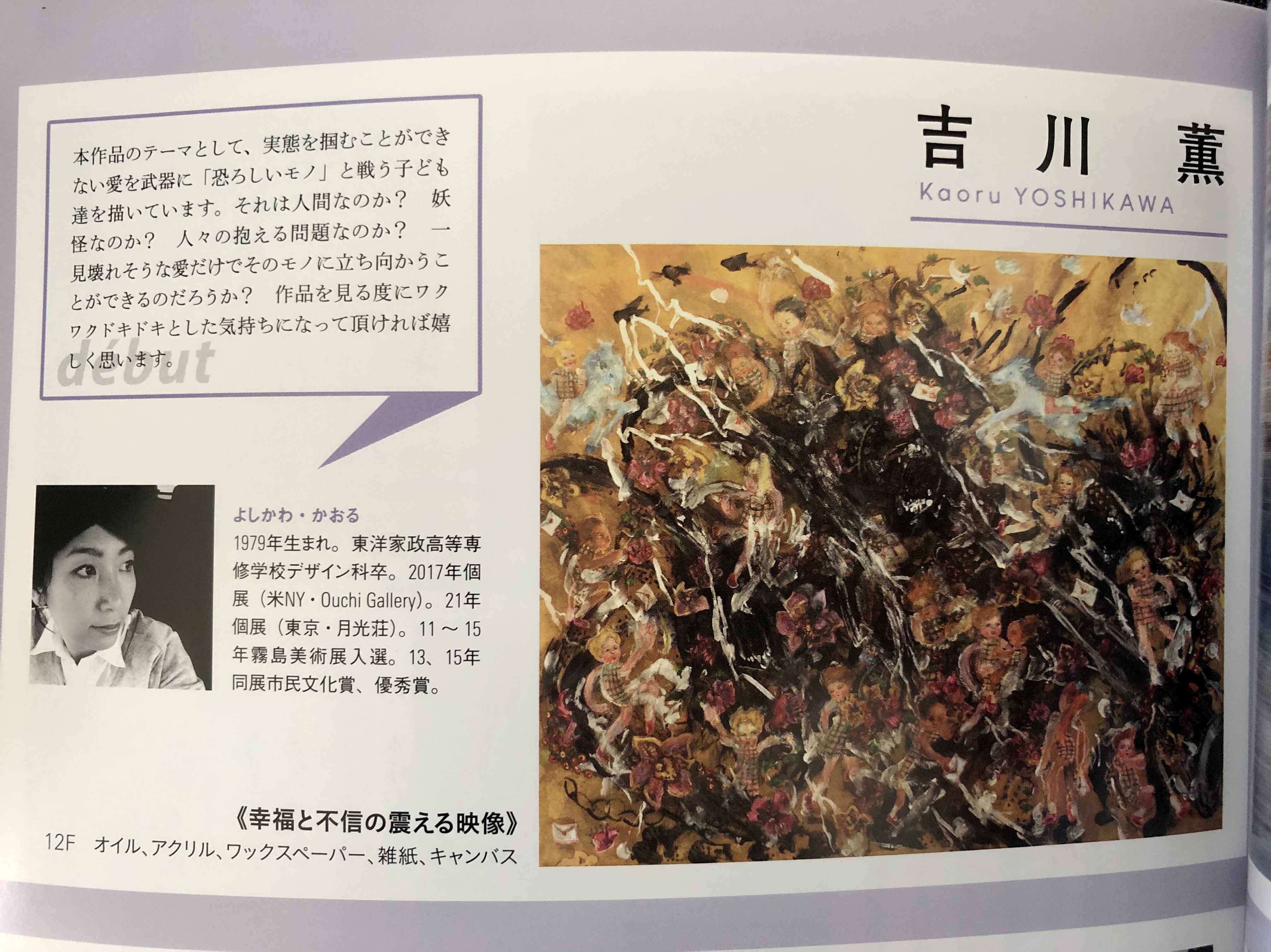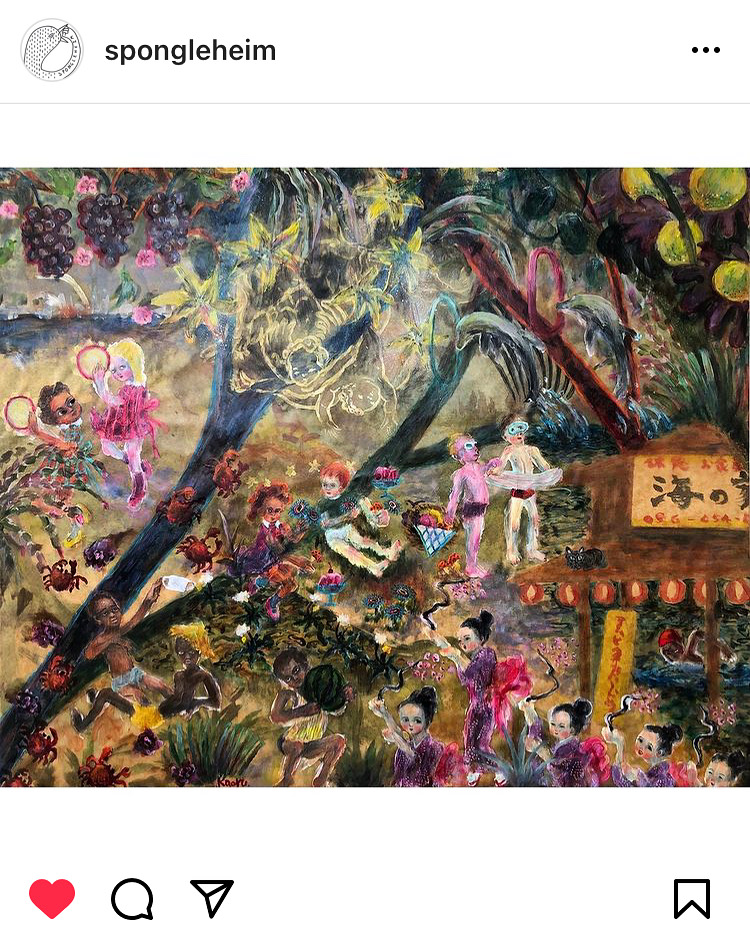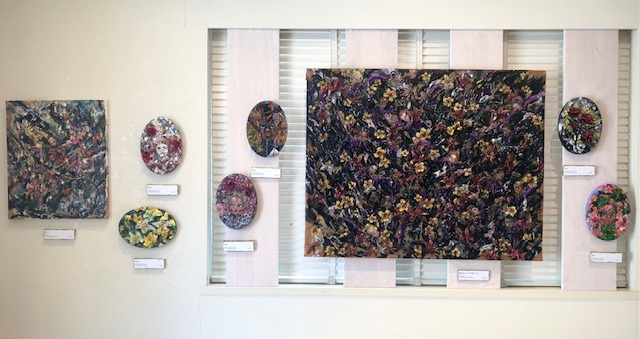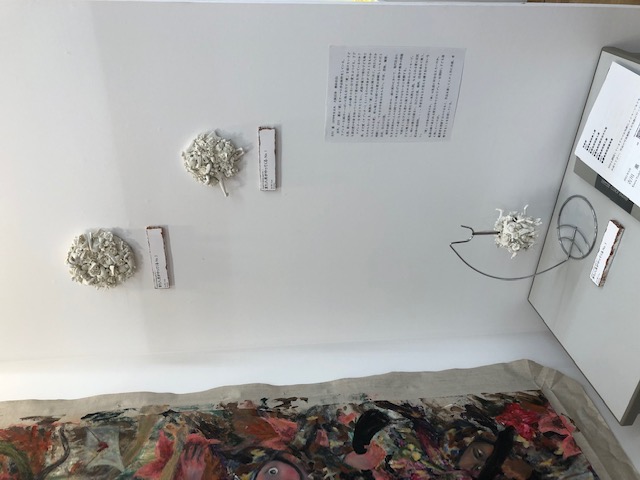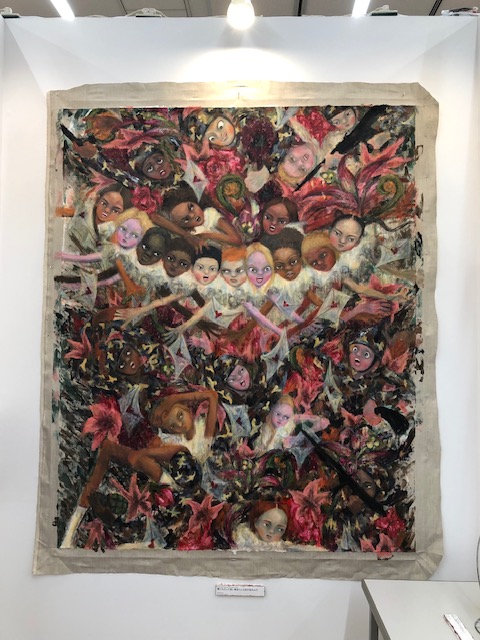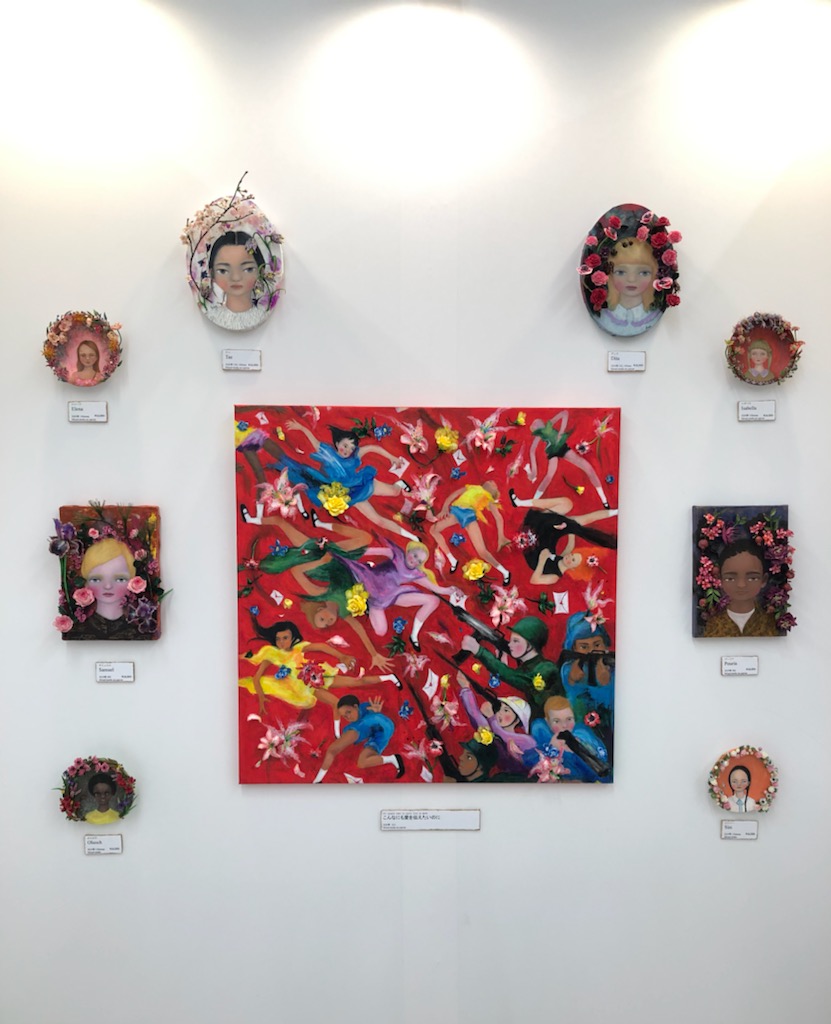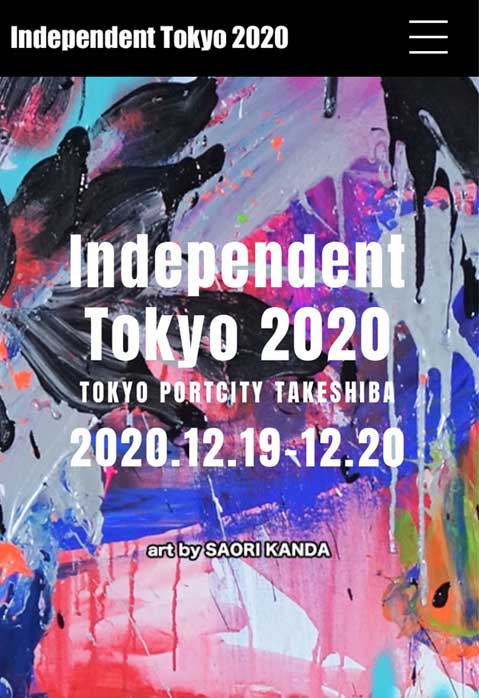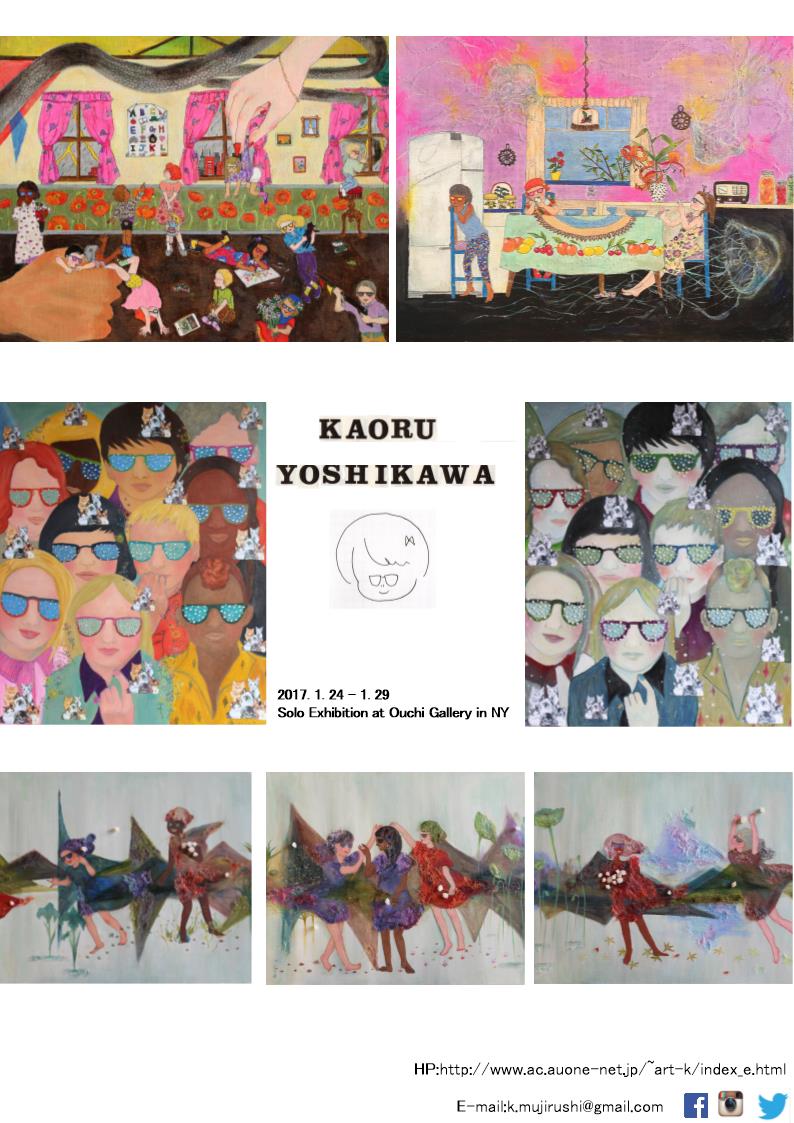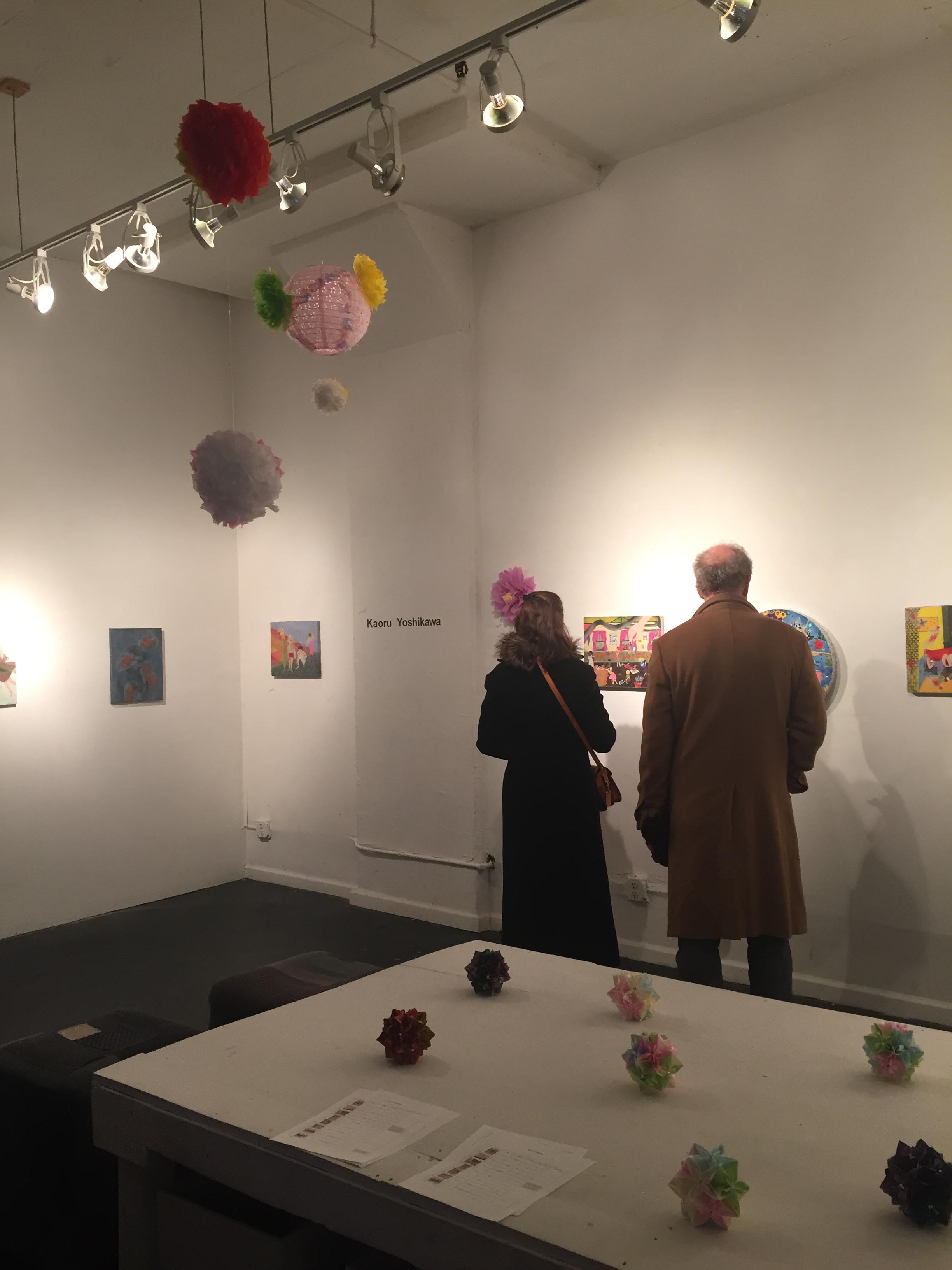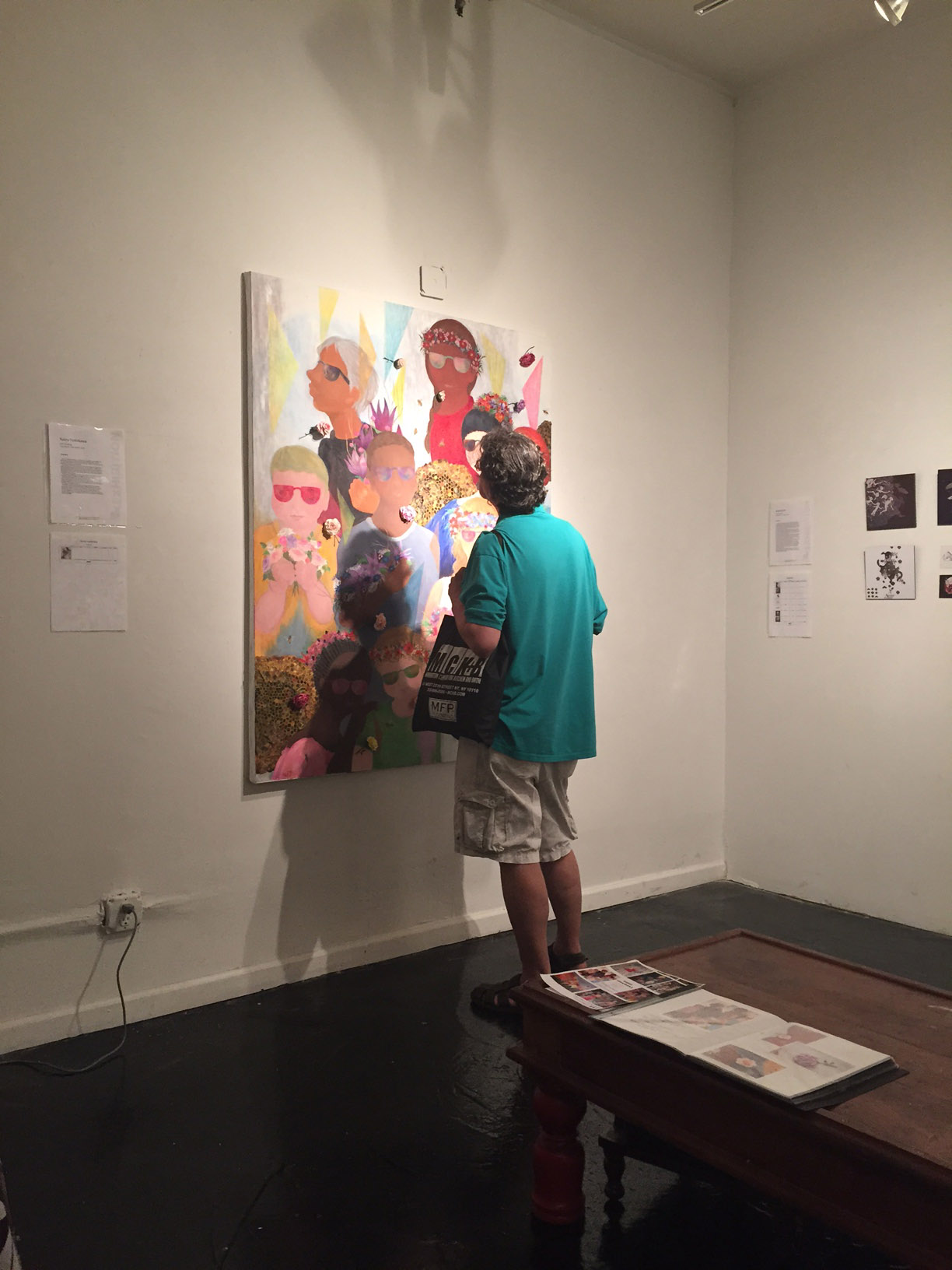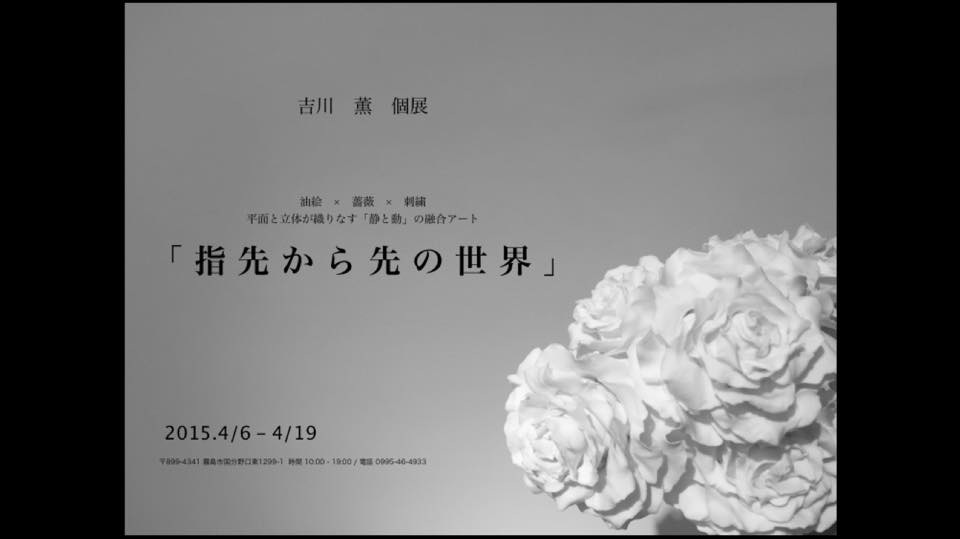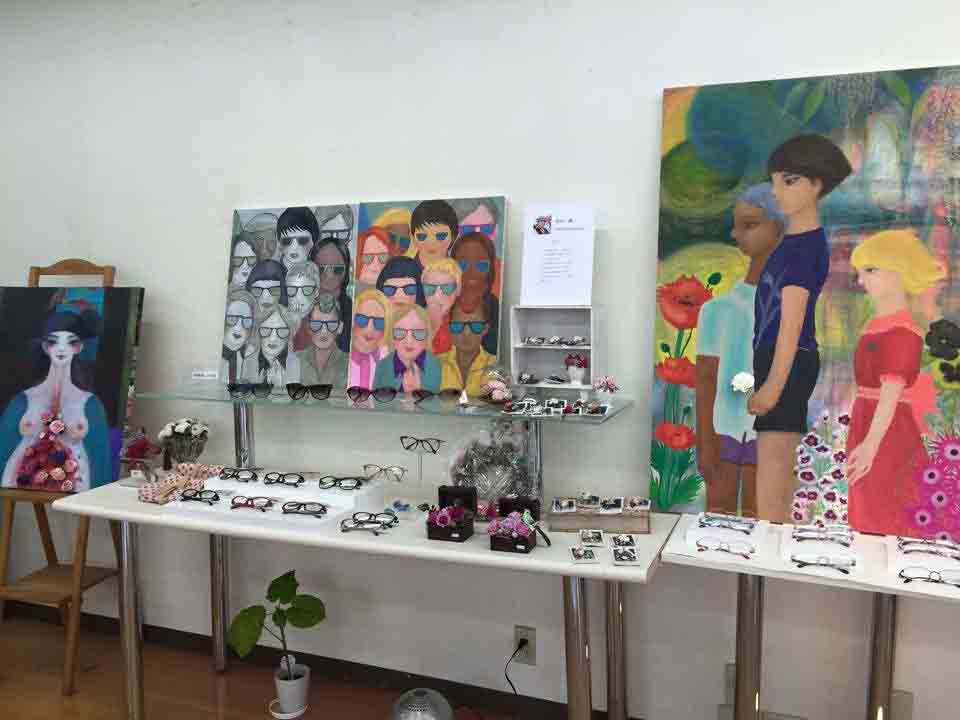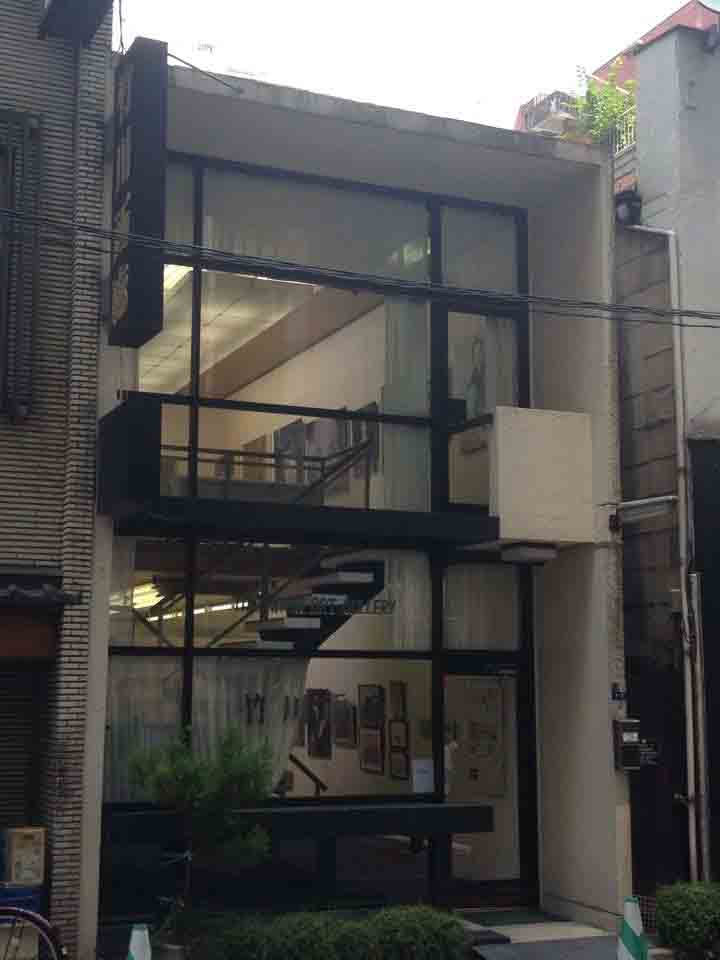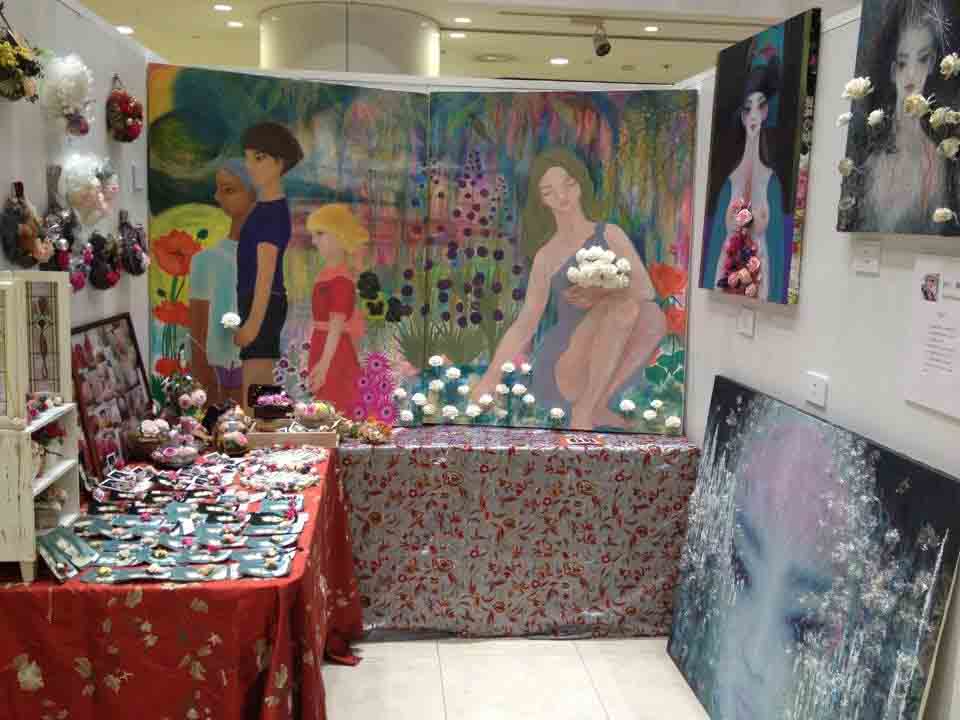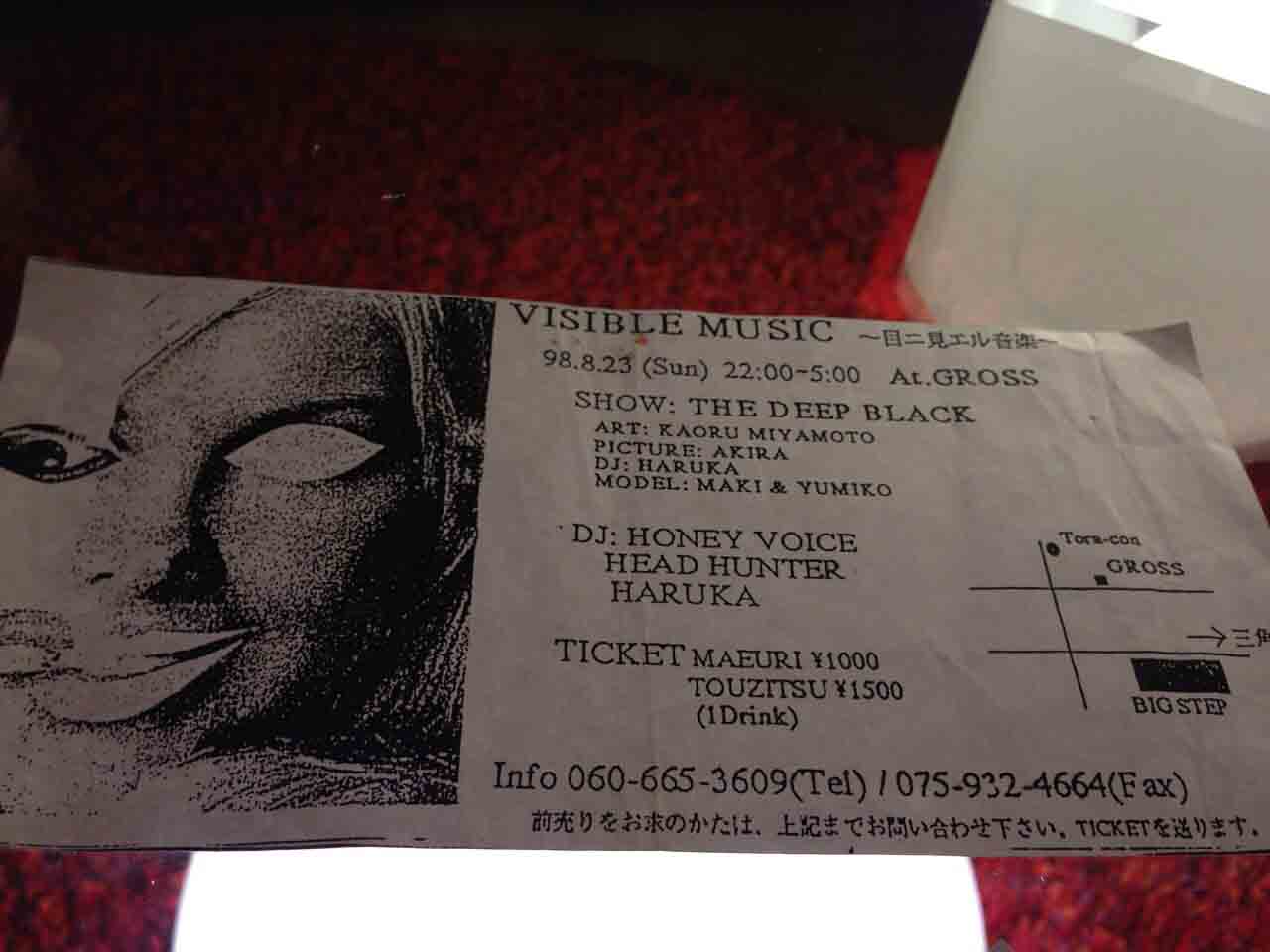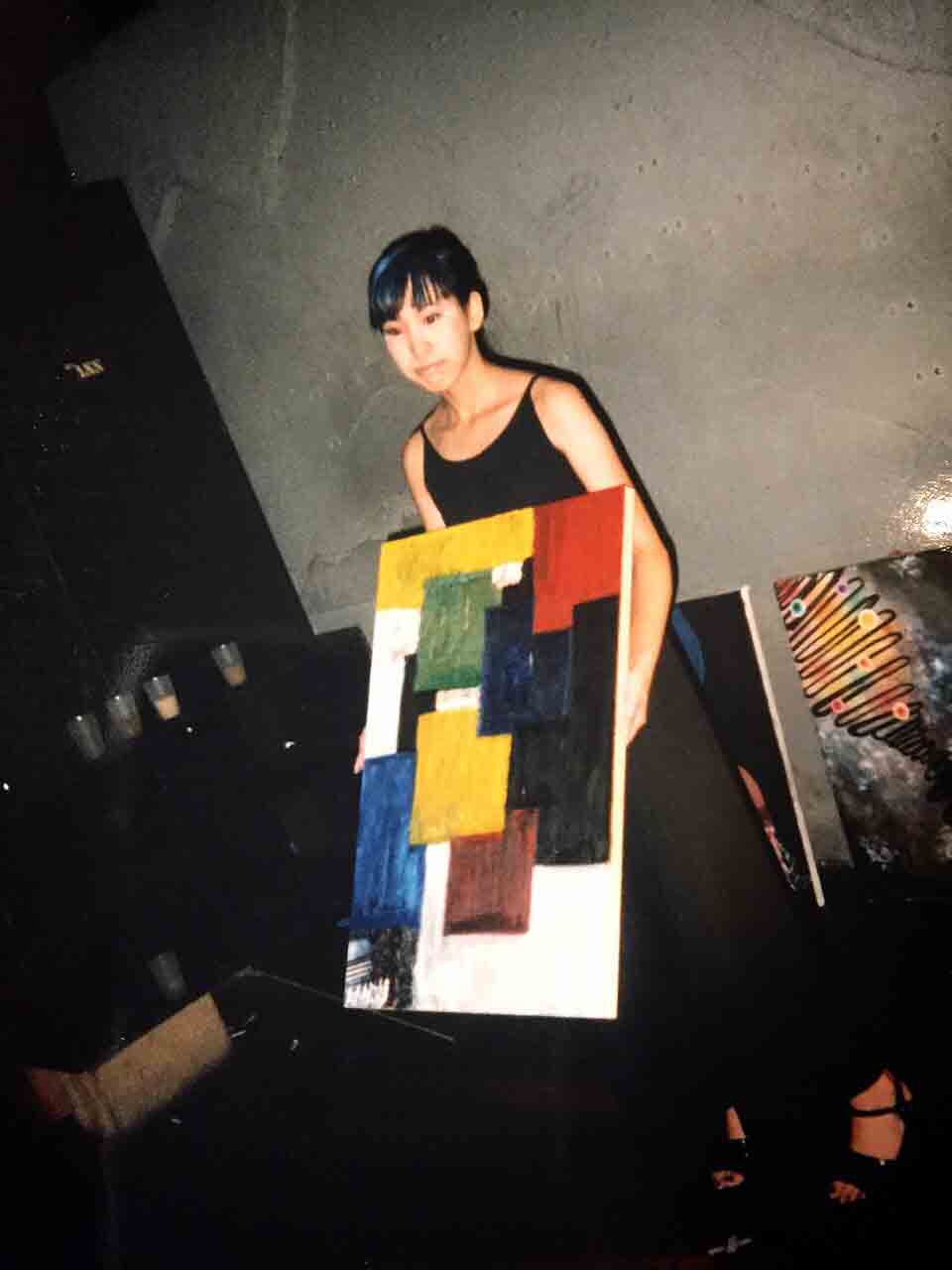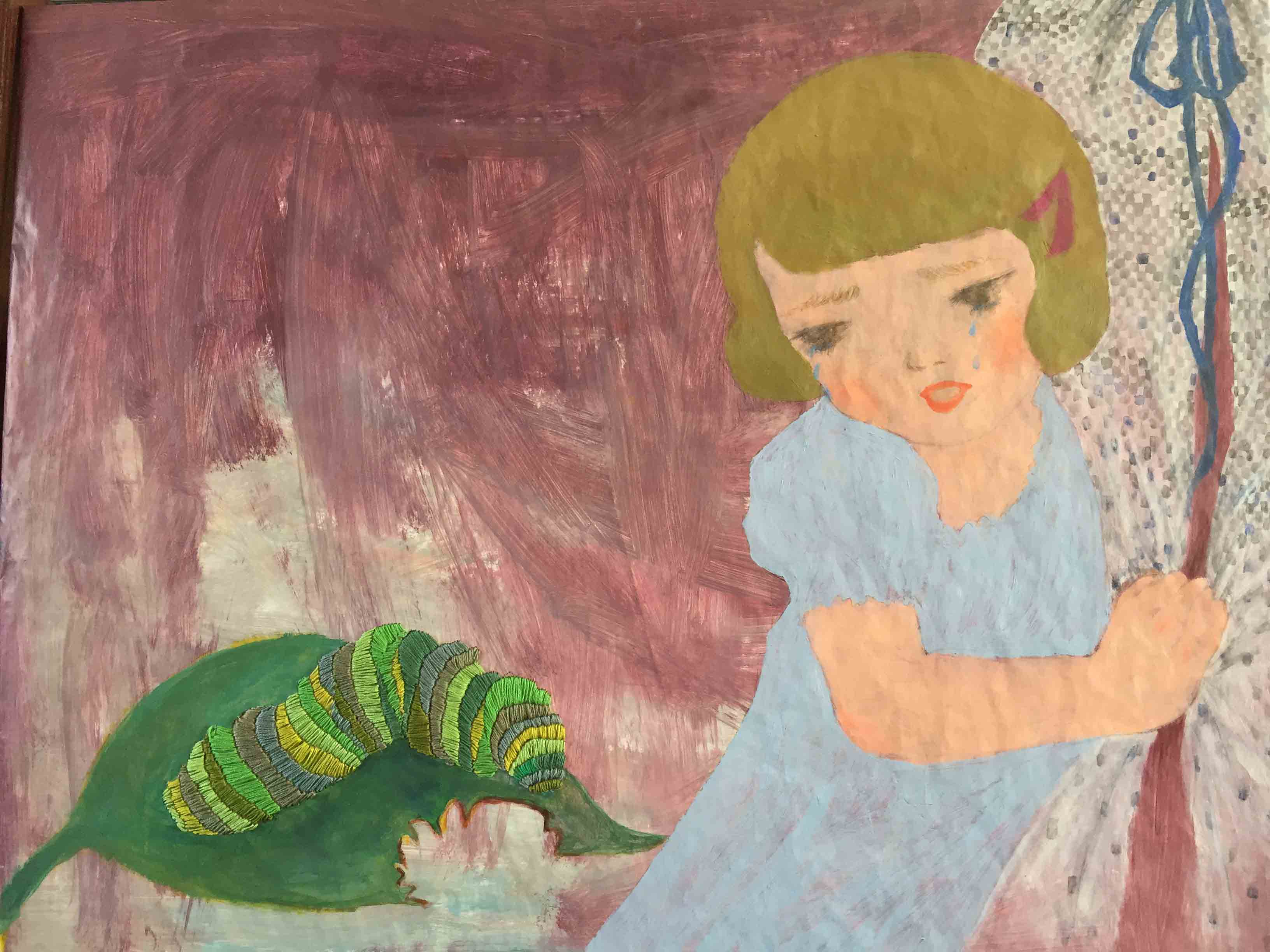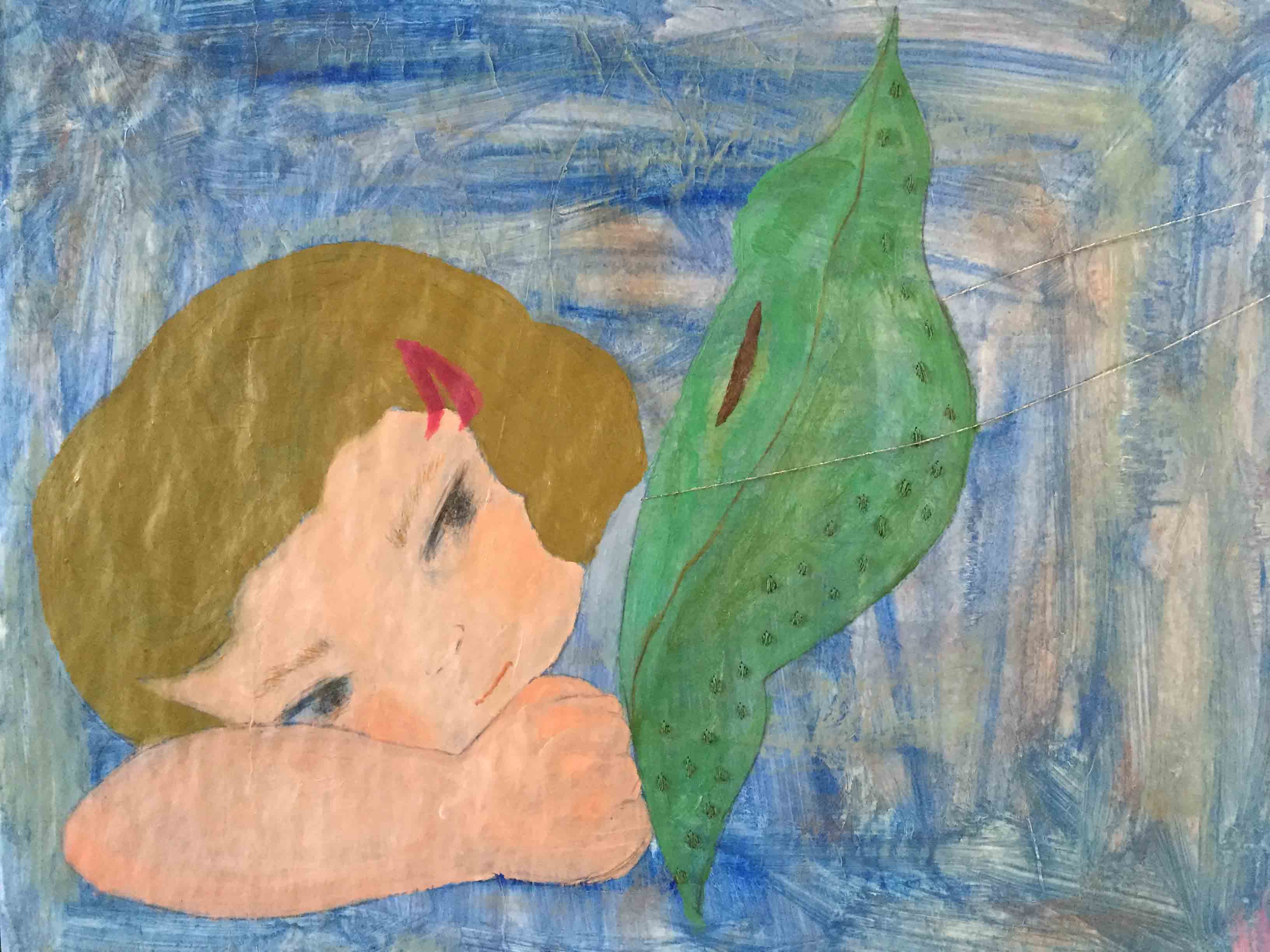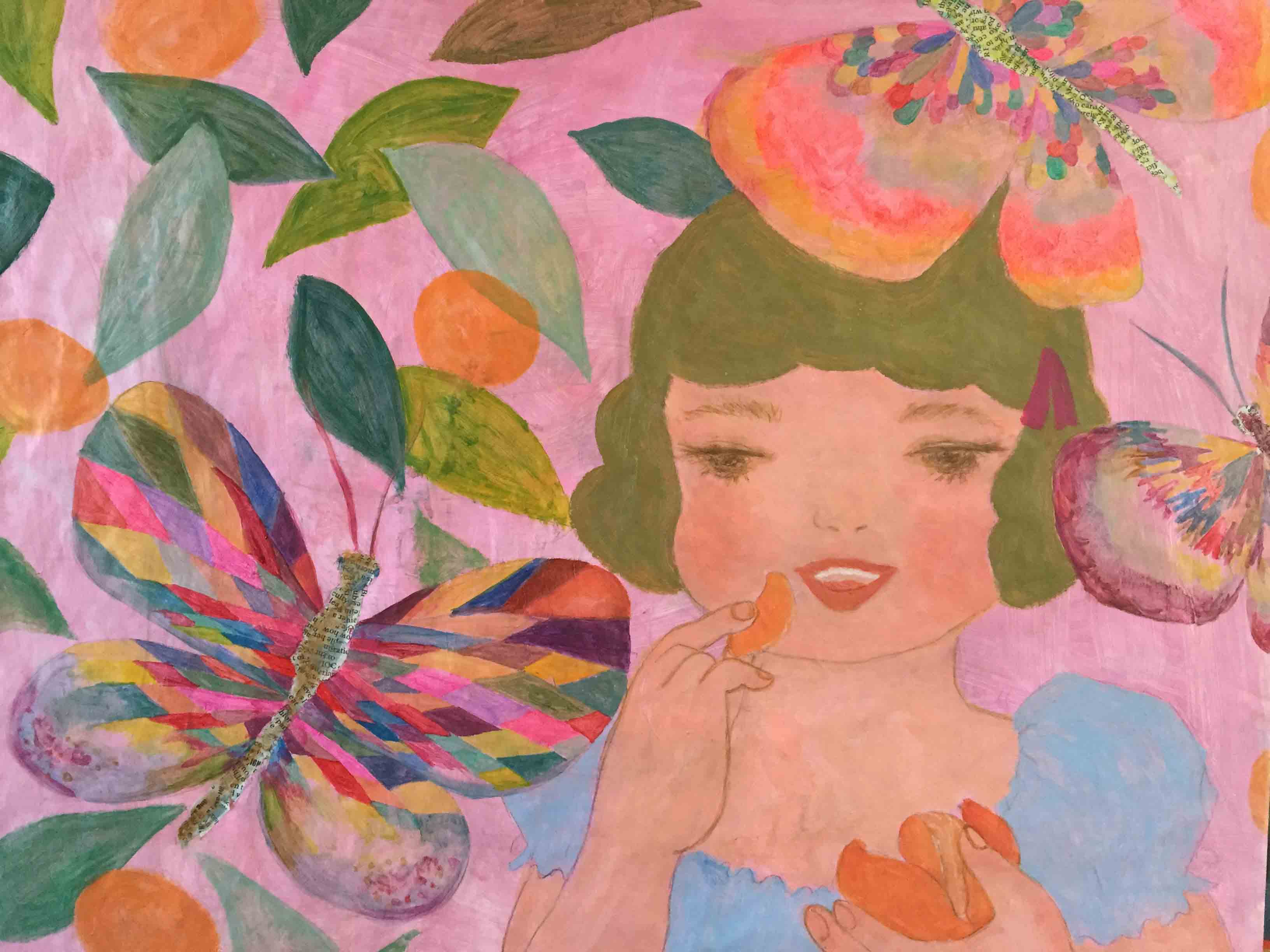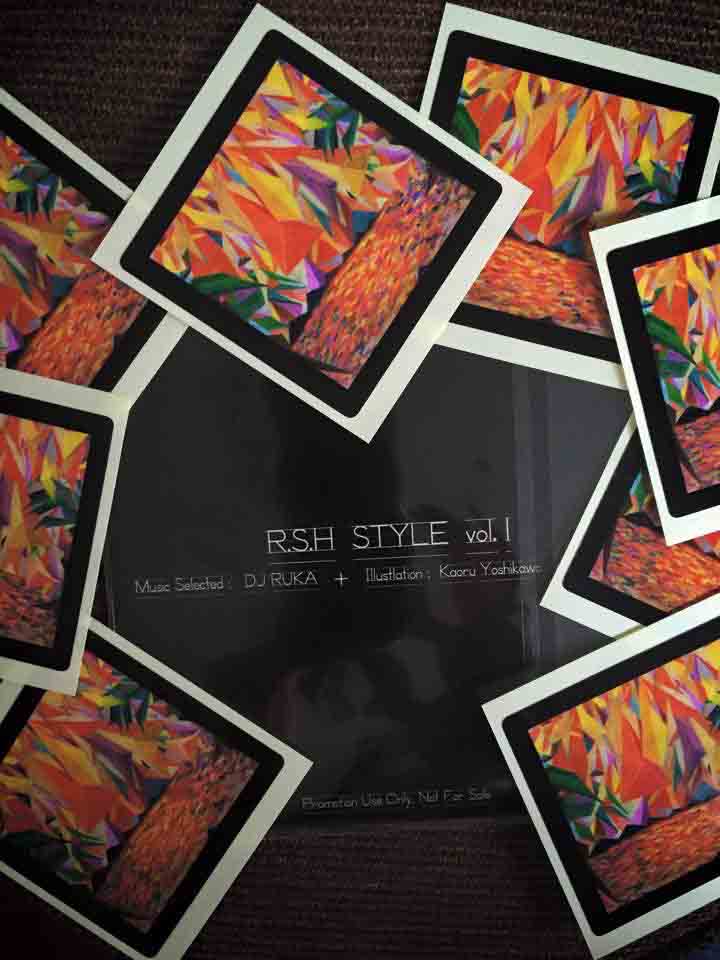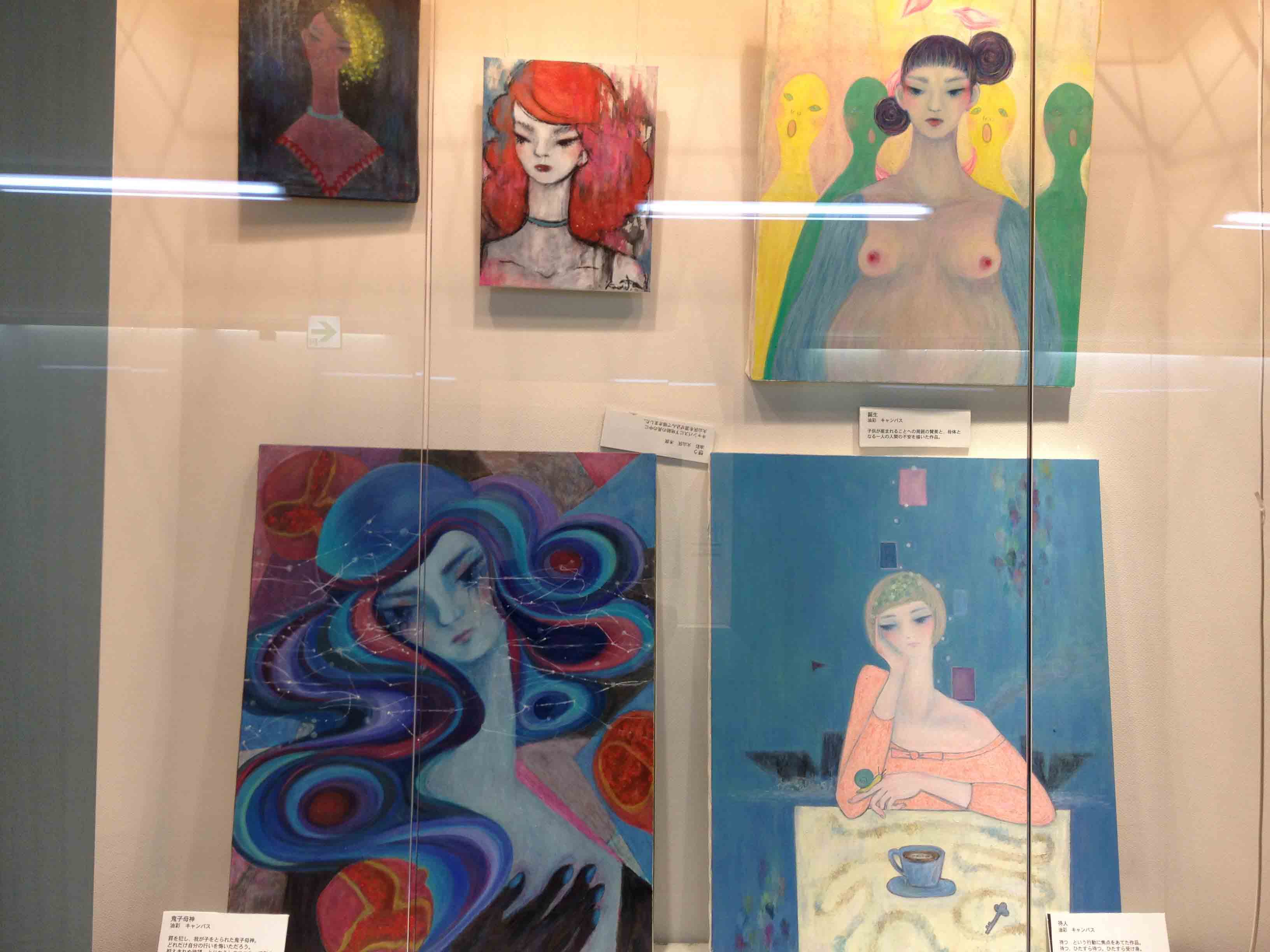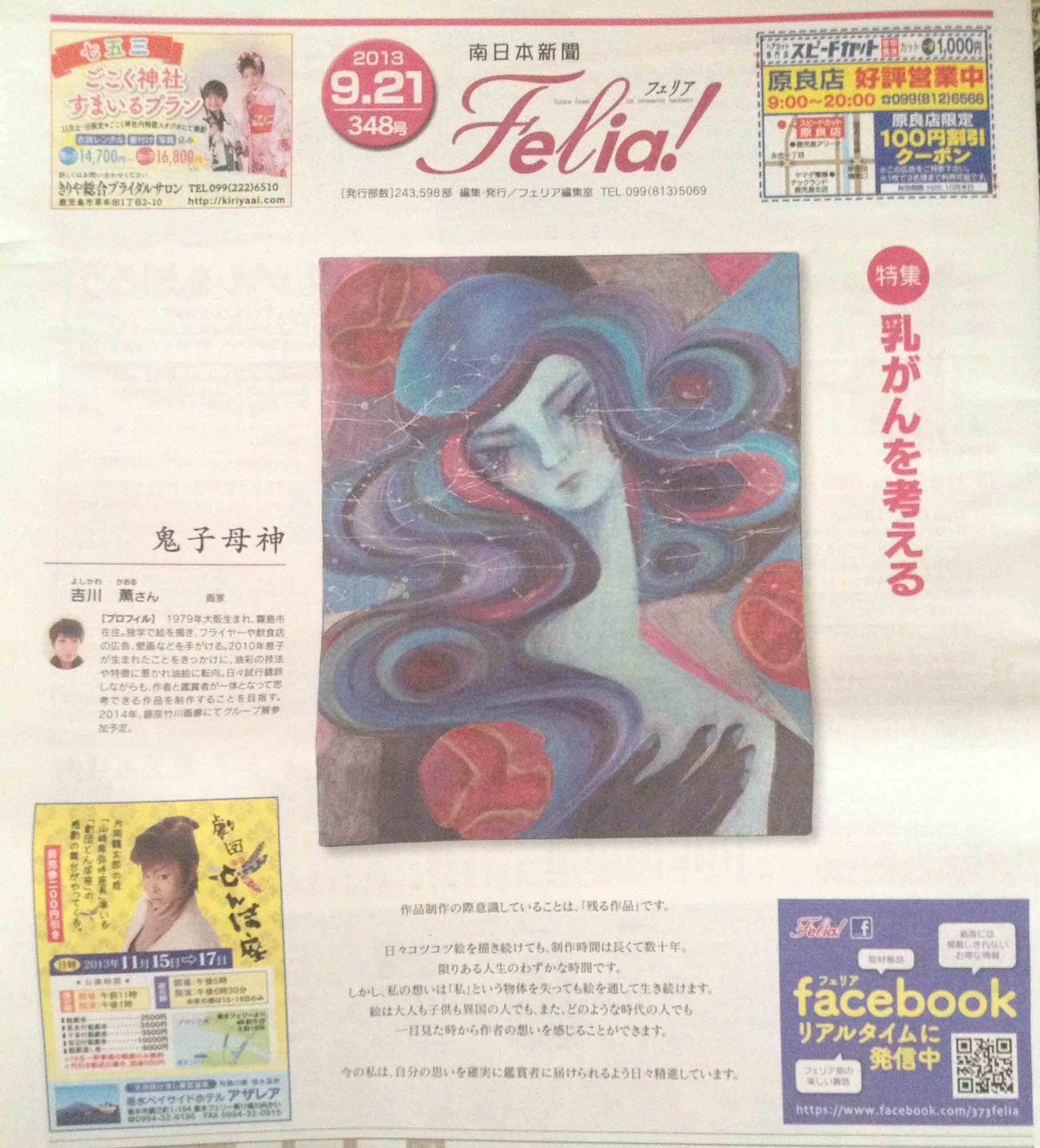Biography
Kaoru Yoshikawa lives in Yokohama City now.
Kaoru Yoshikawa was born in 1979 in Osaka.
The author makes the work which assumes the thought to a deceased father the root of the image.
She lets children fighting to a weapon for love in a work reflect own feelings and experience.
As for her work, it is done a pictorial representation while interlacing concreteness and abstraction.
Her concept of the theme was that children are fighting "something which cannot get the actual situation" with "love" as a weapon
which we cannot understand the contents and the actual situation. Is it human or a monster?
Or is it a problem that people living in modern times have? Can the children confront it only having ”love”?
The painter's " something which cannot get the actual situation " is her emotions for her father and the children represent her mind.
The love letter shows the abstraction of love that there is no clear form, and the flower shows the fragility of love.
This expresses the form of "love" as the same role as the symbol found in medieval Western painting.
The "black snake" held by the children in various parts of the painting expresses the artist's state of mind. It was inspired by the story of "The Shepherd and the Serpent" in the book "Thus Spake Zarathustra" by the German philosopher Nietzsche.
Recently, she has created porcelain flowers by her hands and is trying to crush them to further deepen the expression of the fragility of love. By using this technique, the works can accept the transformation, which is both flat and three-dimensional.
Therefore, they can have a freewheeling charm that is not influenced by the context of art.
Can the children in the work successfully win this battle? A series of stories is created by repeatedly producing works of this theme.
Kaoru Yoshikawa works with the desire to overcome her own past and powerfully open up the future through her own works.
In terms of the method of creating the work, the work is created on canvas using acrylic paints, wax paper, charcoal, etc., the thoughts of the people who appear in the work, plants, love letters, etc. are formed with porcelain clay. After that, it is dried and sintered in a kiln at 1260 ° C. While crushing the porcelain work, it is combined and glued with the painting work, and the picture of the person is drawn using oil painting, ink, oil pastel, etc. on the re-created work.
Unravel the history of porcelain used in the work. In the mid-17th century Japan the first Japan art recognized by Western nations during European exchanges was porcelain rather than ukiyo-e. Soon after Hokusai manga was used to stuff ceramic packets sent from Japan, printmaker Felix Blackmon showed interest in its high artistry. The year was 1856. After that, Japan's ukiyo-e was highly regarded by a series of Impressionist painters and became known around the world. This is the Japonesque boom.
Kaoru Yoshikawa had a strong interest in porcelain and manga expression. It fuses the "lines" cast by the shadows of porcelain works with the flat "drawings" with outlines, which are characteristic of manga. What kind of effect will this produce? How will Kaoru Yoshikawa's work, which traces the same history as the beginning of this series of Japonesque booms, develop in the future? The author herself has high hopes.
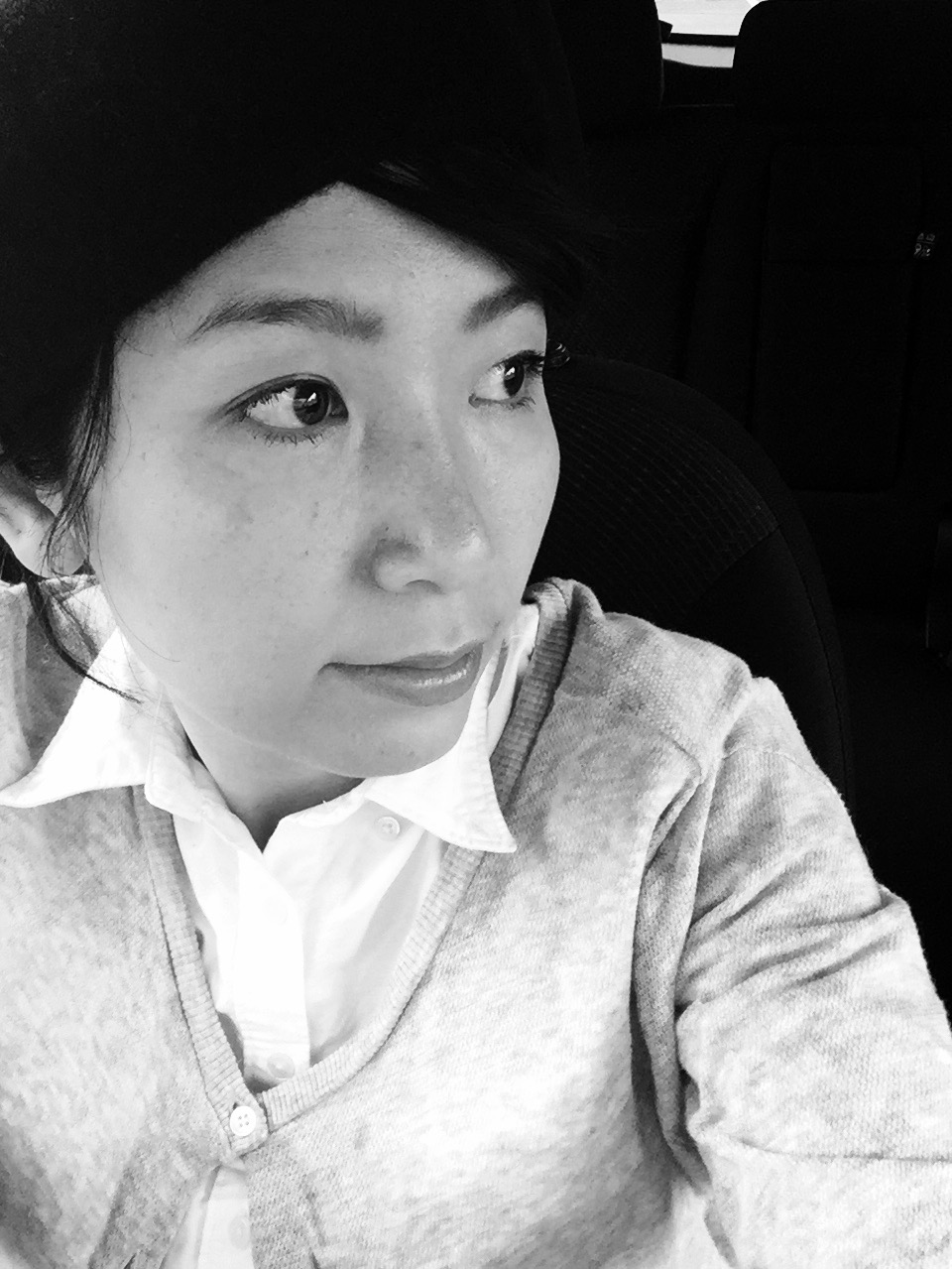
Main history
2024
●The solo exhibition at Galerie Tokyo humanité bis in Tokyo
